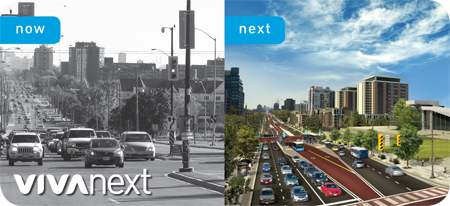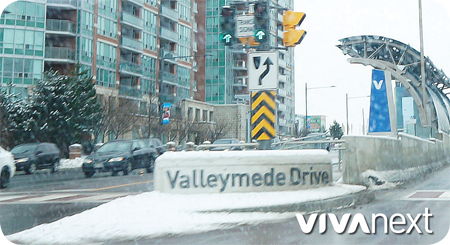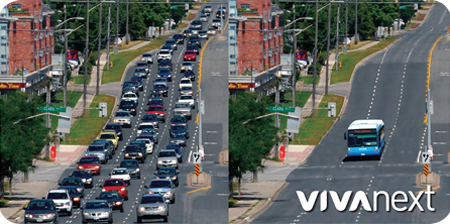I’m sure I’m not the only one who’s very excited to see the long harsh winter [or “polar vortex” as the media described it] come to an end. The bone-chilling temperatures were all too frequent this winter and I’ve almost forgot what weather in the positive double digits feel like, but we are excited to see the sunshine!
While it may not feel like spring has completely sprung yet, the extra daylight and warmer temperatures are a welcoming addition to each day. We are embracing this nicer weather at vivaNext and are gearing up for a very busy construction season on Davis Drive.
This year the transformation will continue to take shape with significant work set to get underway. Road widening and base layer paving will be a major focus this year. You’ll also see finished boulevards in sections. Planters with interlocking paving stones and concrete sidewalks will be installed in these areas.
For larger operations, some work is required deep underground. This year multiple closures on side streets that intersect Davis will be required for several different operations. The most up-to-date details on all the road closures off Davis Drive are available at vivanext.com.
It’s also necessary at times to close or relocate bus stops and shelters so construction crews can gain access to work sites and to ensure the public is kept safe during construction. To find out if a bus stop has been moved to a temporary location please watch for signs that will direct you to the closest open bus stop. There’s a lot going on out there so we’ve made a short video to assist you with what to look for when a bus stop has been relocated.
Updates about all of this work will be made available as they happen. If you have questions or concerns please contact your Community Liaison and sign up for construction updates to get the latest construction information at vivanext.com.










